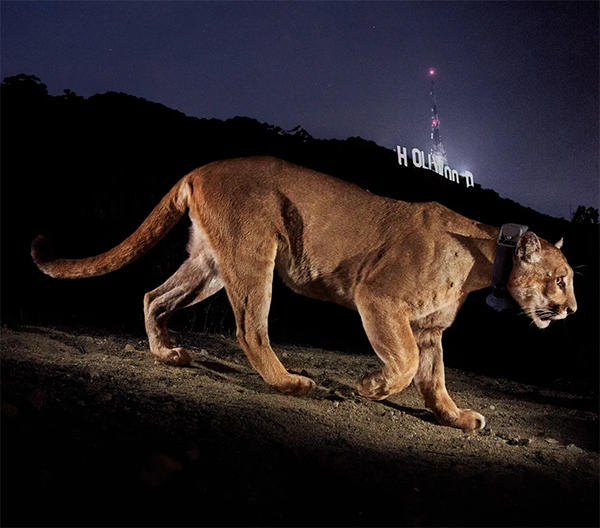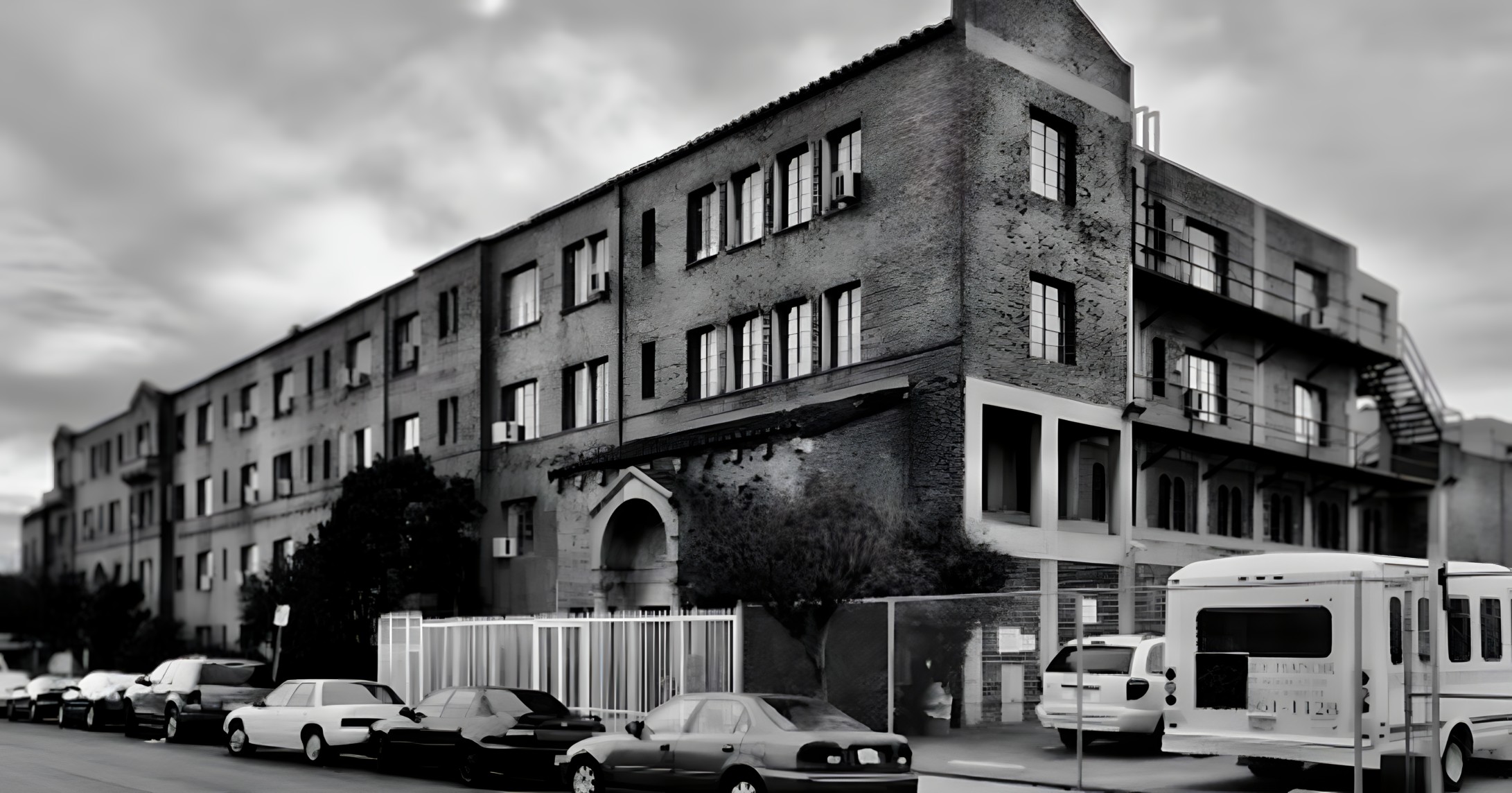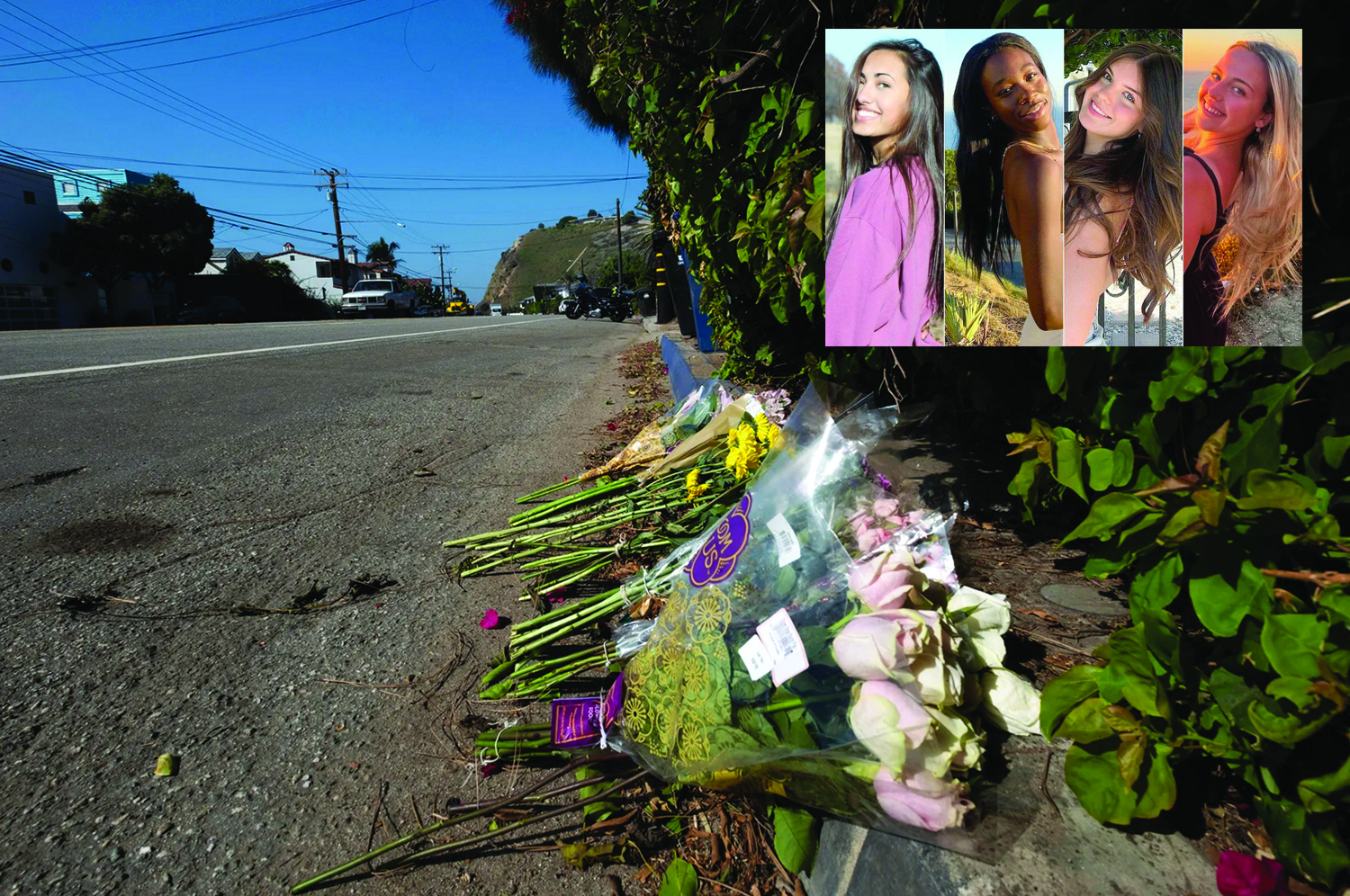Wave Staff Report
LOS ANGELES — The mountain lion that became famous for crossing two freeways and eventually making his home in the hills surrounding Griffith Park will be remembered Feb 4 at the Greek Theatre.
The celebration of life for P-22 will be live-streamed for those who were unable to acquire tickets that were quickly distributed Jan. 9, but organizers said the celebration will be live-streamed, although exact details were still being finalized.
No other details of the event itself have been released, but the two-hour celebration is expected to include musical performances, dancing and food, along with people speaking “about their connections to P-22.”
The lion was euthanized Dec. 17 after being examined by wildlife officials who captured the cat following recent signs of distress, including a series of attacks on pet dogs in the area.
The lion, one of many Southland-area cats being tracked by National Park Service researchers, gained fame locally for his persistence and durability, successfully managing to cross both the San Diego (405) and Hollywood (101) freeways to reach his recent roaming grounds in the Griffith Park area.
Known as the “Hollywood Cat,” P-22 became the face of the National Park Service’s program to track local lions in the Santa Monica Mountains. His exploits were documented in various media accounts, including his daring freeway crossings, hiding out under a Los Feliz home in a standoff that drew widespread attention and even being named a suspect in the killing of a koala at the Los Angeles Zoo.
He was believed to be about 11 or 12 years old, making him the oldest cat in the National Park Service’s study of Southland lions. He is believed to have been born in the Santa Monica Mountains, somehow finding his way to his tiny, nine-square-mile home in Griffith Park, separated from his birth area by two of the busiest freeways in the world.
Defying expectations, he persisted for more than 10 years in the smallest home range that has ever been recorded for an adult male mountain lion.
He was initially captured and outfitted with a tracking collar in 2012. At the time of his last capture, he weighed 123 pounds.
After he was captured in December, wildlife experts said P-22 had facial injuries consistent with being struck by a vehicle.
Experts ultimately made the decision to humanely euthanize the animal at San Diego Zoo Safari Park, where he was being treated, to spare him further suffering.
“P-22’s advanced age, combined with chronic, debilitating, life-shortening conditions and the clear need for extensive long-term veterinary intervention left P-22 with no hope for a positive outcome,” according to a statement issued by the California Department of Fish and Wildlife.
The cat’s remains have since been taken to the Natural History Museum of Los Angeles County, but exactly what will be done with them remains unknown.
Local tribal leaders — who consider cougars to be sacred — have objected to the suggestion that the lion be placed on display at the museum, arguing instead that he be buried in Griffith Park.
“Decisions regarding next steps will continue to be made together with local tribes, with more information provided as it becomes available,” museum officials said in a statement last month.
In the aftermath of P-22’s death, researchers at UCLA examined the lessons that were provided by the celebrity cougar and how wildlife can live in urban areas.
“P-22’s life and death are extraordinarily visible reminders that our city, a habitat built by and for humans, is coinhabited and jointly used by many nonhumans,” said Ursula Heise, a professor of literary studies in the UCLA Department of English. “Many of them are not visible to us, or not readily identifiable, but they’re our fellow citizens nonetheless. One of the most exciting challenges for the environmental community at UCLA and beyond is to imagine what urban planning, architecture and landscape design might look like with that more-than-human community in mind.”
Daniel Blumstein, a professor of ecology and evolutionary biology, said “P-22 showed the world that we can coexist with a particularly charismatic, large carnivore in an urban megalopolis.”
“The challenge moving forward,” he added, “is to ensure that urban carnivores, who play an essential ecological role, have the space to coexist with us.”
Seth Riley is the branch chief for wildlife for the National Park Service at the Santa Monica Mountains National Recreation Area and an associate adjunct professor of ecology and evolutionary biology at UCLA. As the leader of a 20-year study of L.A. mountain lions, including P-22, Riley has expertise on the risks cougars take in response to wildfires and the need for wildlife crossings to prevent road deaths and inbreeding.
“P-22 showed us both what wild animals — up to and including large carnivores such as mountain lions — must do and what they are capable of doing to survive in a megacity such as Los Angeles,” Riley said. “P-22 occupied the smallest home range ever recorded for an adult male mountain lion — an amazing feat, and one that demonstrated that wildlife, even big cats, can coexist with dense human populations.
“There is much that we can do, emboldened by P-22’s fascinating story, to ensure that L.A. and other big cities will continue to harbor the full range of local wildlife,” he added.
Audra Huffmeyer, a postdoctoral researcher in the Wayne Lab at UCLA and National Geographic Explorer, was the lead author of a recent study of inbreeding among Southern California mountain lions.
She credited P-22 with being the impetus behind several studies undertaken in the past 10 years.
“When P-22 became a legend and a celebrity, mountain lion conservation in L.A. became a topic people were more excited to talk about and fund, including novel studies which found evidence of severe inbreeding,” she said. “UCLA research, along with the National Park Service and other agencies, helped convince local governments that a wildlife crossing was needed, but it was P-22 who won the hearts of the people and really got the ball rolling.”
Jim Newton, a former journalist and now a lecturer at the UCLA Luskin School of Public Affairs, said P-22’s “improbable presence, his durable determination to survive was reason enough to feel that he belonged — not to us but with us.”
“P-22 was a connection to a wilder, more rugged time in this part of the world, a poignant reminder of the danger that once was Los Angeles, and, more broadly, California.”












